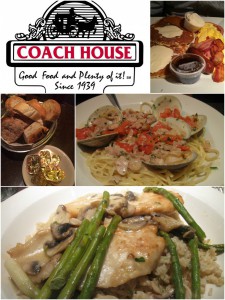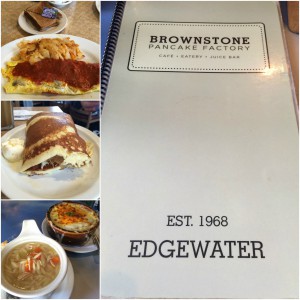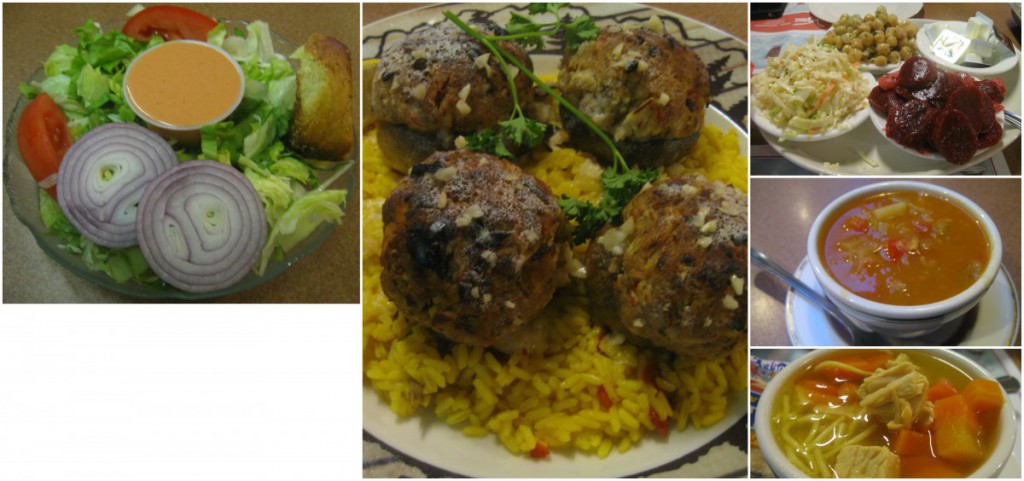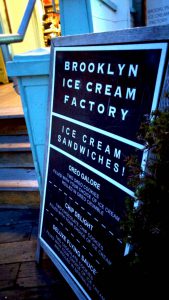
Image by: Sabrina Vasquez
When I encounter the world or begin to converse with someone new, I begin to tell them of my interest in the pastry arts and my aspirations of becoming a pastry chef. This often leads to an arrangement of many questions such as the specific industry role that I wish to work in as well as the best bakeries or dessert shops around New York. Unfortunately, I almost always find that I answer that last question with great bias. Being a native Brooklynite, I want to constantly tell others what Brooklyn has to offer as a city more specifically when comparing the best dessert spots to dine.
Brooklyn is a haven for many activities, restaurants, and other social interests but even more so, for the dessert world. Brooklyn is the first borough in New York to be known for its world famous New York styled cheesecake at Junior’s Restaurant & Bakery and to have an entire restaurant that has an innovative menu dedicated to the use of avocados in every dish, Avocaderia. So when someone asks me about my favorite dessert of all time is …*drum roll*…ice cream. I cannot help but to get elated in talking about what Brooklyn has to offer in this constantly evolving industry of ice cream. This particular dessert has such a variance with the addition of other countries’ versions on this classic treat that have also found a place in this modernized New York borough. Around the world, ice cream is consumed much differently than it once was years ago.
First, we have the difference of quality which is ultimately based on the amount of air that is pumped into the ice cream during the freezing process. Second, there are different bases such as milk based, cream based, or egg based which can change the overall creaminess and mouthfeel finish of the ice cream. And finally, the presentation of the ice cream such as Thai Rolled Ice Cream that is small rolls of ice cream or ice cream made from liquid nitrogen that allows a fun look of blowing smoke when consuming the ice cream.
A few days ago, I had the pleasure of visiting the Brooklyn Ice Cream Factory for the very first time. It was an amazing experience that showed off the endless talent Brooklyn has to offer. The Brooklyn Ice Cream Factory opened shortly after September 2001 with the help of the owner, Mark Thompson. The building itself was converted into a factory from a 1922 fire boat house, located at 1 Water Street. It is the oldest fire boat house on a ferry landing in Brooklyn and has become an official landmark. It was once used as a place to hold firefighting practice sessions before it was converted years later.

Image by: Sabrina Vasquez
According to the New York Times, Thompson grew up in Pennsylvania and even had a summer job working in an ice cream shop which enabled his education as well as his love for ice cream. When he later moved to New York, he began working as a valet in the Water Club before quickly working his way up the ranks until he was director of operations. He then became friends with the restaurant owner, Michael O’Keeffe. In 1998, O’Keeffe leased this 1920’s fire boat house that was located in the Fulton Ferry Landing between Bargemusic and the River Cafe which was also owned by O’Keeffe. But the fire boat house had already been established as a city landmark which meant that O’Keeffe could not install any additional restaurant equipment such as an oven or use the space as a restaurant. O’Keeffe then thought of creating an ice cream shop and when he shared his ideas with Thompson, he offered to run it due to his ice cream background. Thompson was nervous as he has only prepared ice cream for family and friends in a small half-gallon ice cream maker and would now have to be familiar with the use of commercial equipment. And Thompson limited his menu to eight flavors of ice cream, to simply sell just the classics. The ice cream shop was set to open on September 12th, 2001 but due to the attacks of September 11th, Thompson extended his official opening to the next month and instead donated thirty tubs of ice cream to the local firehouses and other relief workers.
The décor is very old-school of a traditional ice cream shop, they have a great varying selection of flavors but I ended up having both the Butter Pecan and the Peaches and Cream. The ice cream was absolutely delicious; it was so creamy and vibrantly flavored. The ice cream is sold by the scoop inexpensively or by the gallon. The ice cream is prepared in small batches Philadelphia-style, which is without the addition of eggs in the base. Usually, ice cream uses eggs or other thickening agents as an emulsifier to allow ice cream to get a creamier texture but sometimes this can add a greasier or chewier texture that isn’t as appealing to the palate. Most ice cream shops do not use the Philadelphia style because it is more expensive due to the use of cream as the thickener instead of other fillers but it is simpler to make as it is an easier process.






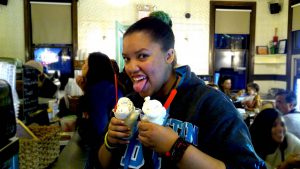
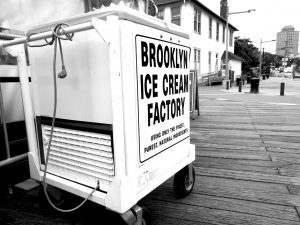
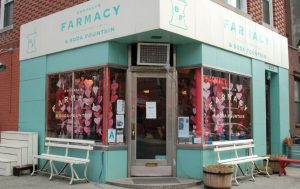
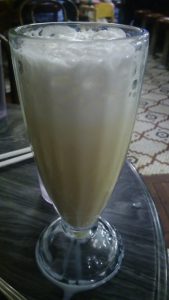

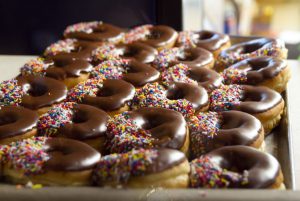

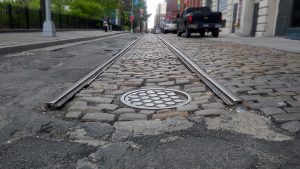


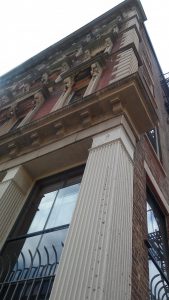
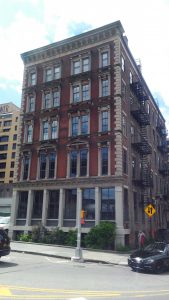
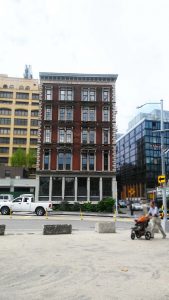
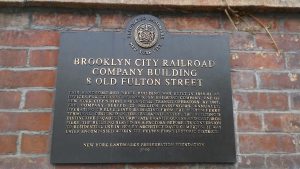
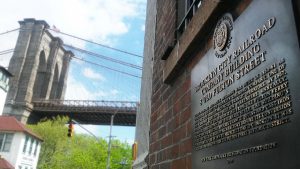



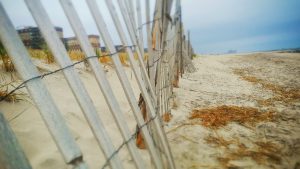





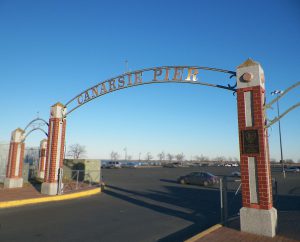



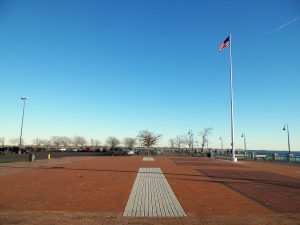






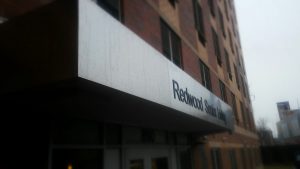




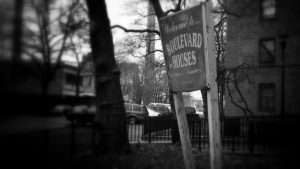



 Have a system on notes, try not to just write everything all over the place. Organize your notes.
Have a system on notes, try not to just write everything all over the place. Organize your notes.